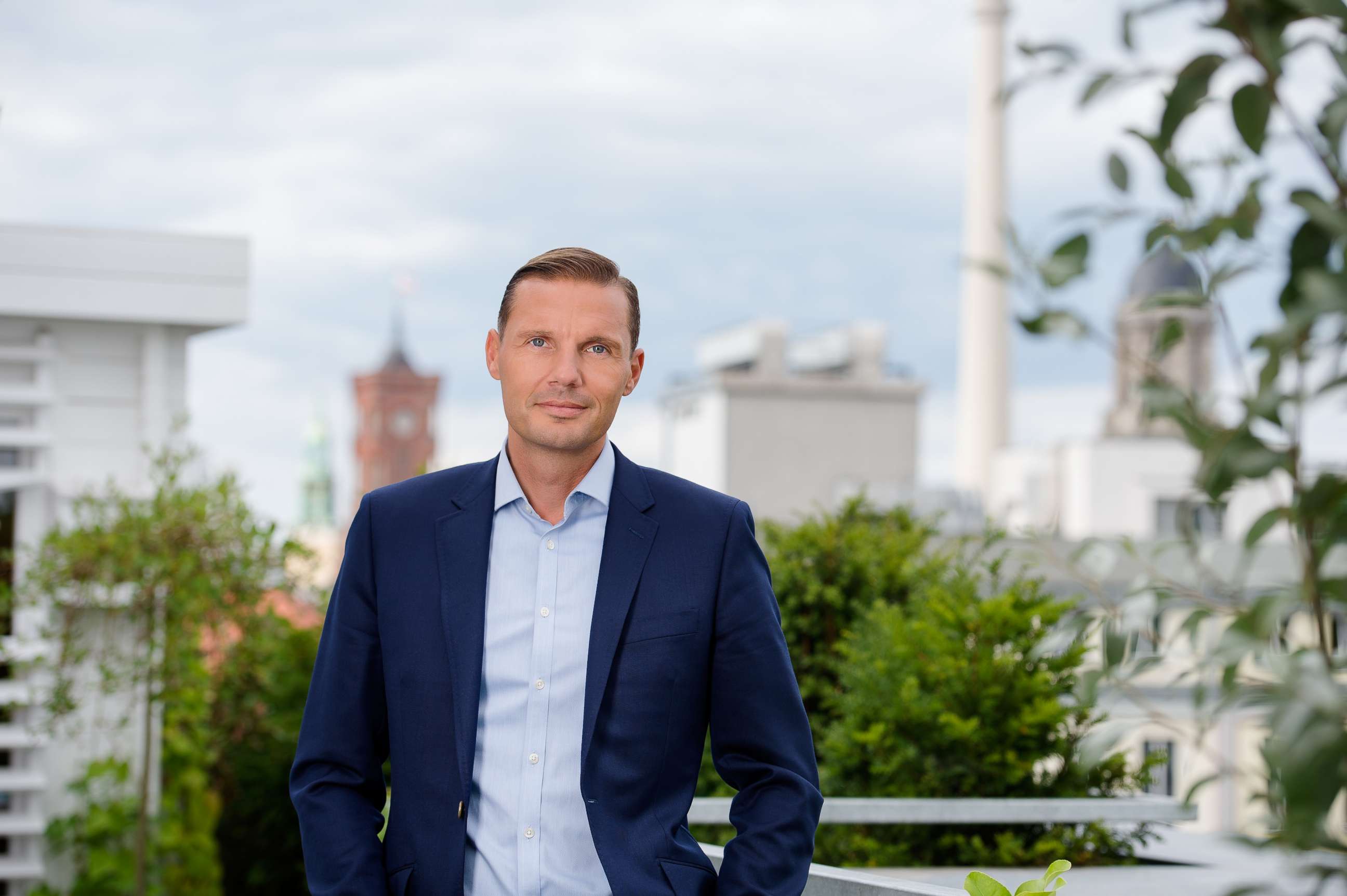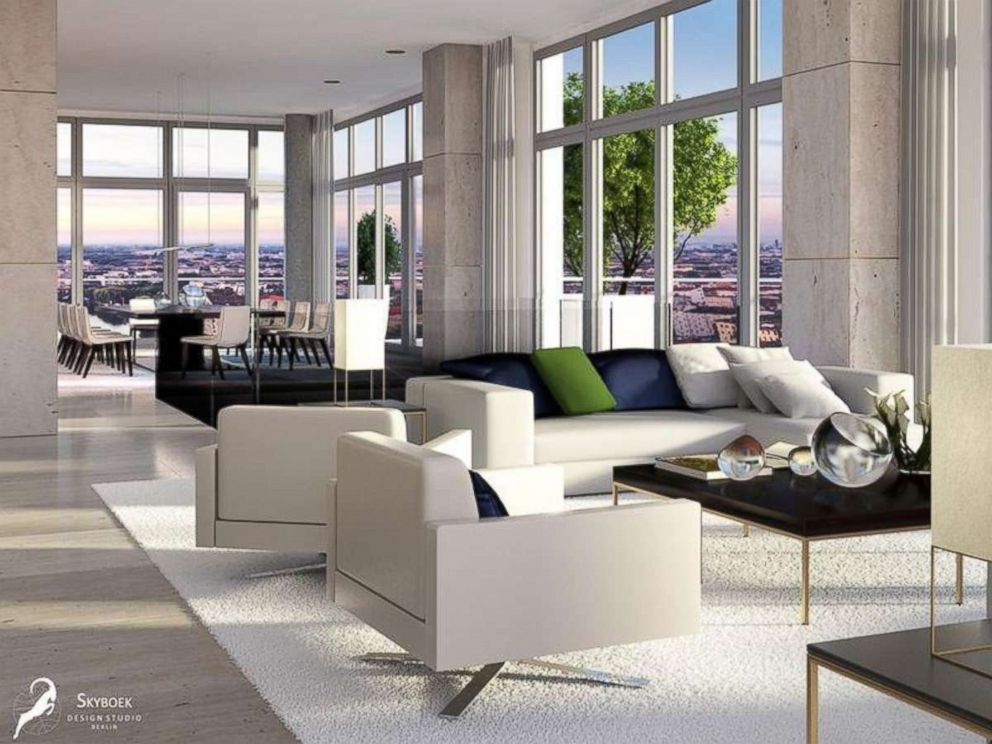First Living: Navigating Berlin’s soaring real estate market

Berlin -- Few real estate markets have enjoyed a more dramatic rise in investment over the past decade than Berlin, the gentrifying German capital where home prices have seen double-digit price growth since 2010, according to city data.
In the last year alone average residential property prices rose 20.7%, according to real-estate consultants Knight Frank, the fastest rate of all global cities it surveyed.
Today nearly every corner of the city is awash in new real estate developments, ranging from soaring luxury condominiums towers to fully renovated pre-war buildings. Many of the new properties boast prices and upscale amenities virtually unthinkable in a city that was once deemed “poor but sexy” by its mayor.
The real estate boom is being fueled, in part, by the city’s growing population coupled with a severe shortage of new homes, analysts say. International buyers from across Europe and Asia have also flooded Berlin in recent years, lifting home prices and the city’s profile as a place to invest.
“We have seen quite a bit of development in Berlin over the past decade, but we’re now experiencing the kind of sustained sales growth across the city that attracts new buyers and more investment,” says Sebastian Hoeft, the CEO and founder of First Living, an online portal that focuses on premium real estate in Germany.
The firm’s website includes a curated selection of premium property listings and a free database of hundreds of leading experts and service providers ranging from interiors design and decorating to manufacturing. The platform also includes a glossy online magazine focusing on interior design, architecture and global living. (A recent magazine feature included a colorful tour of the Top Five residential towers in Berlin.)
A Berlin native, Hoeft says he launched First Living to offer a combination of innovative technology and personal service to help buyers navigate Berlin’s rapidly expanding property market.
The portal's rising profile is testimony to the growing demand of premium real estate across Germany, Hoeft says. And that its distinctive combination of the real estate listings - without being a real estate agent - and the experts' database are features that are fundamentally changing the real estate landscape in Germany.
“The real estate market in Berlin, as well as in many locations inside Germany, is growing at a much faster pace than most people expected,” Hoeft says from the company’s sprawling, sun-filled offices in Berlin’s trendy Prenzlauer Berg district. He adds that one of the reasons for Berlin's property expansion is the increase in buyers of the baby boomer generation in Germany who have the financial means to invest in luxury property.
“We see First Living as an important part of Berlin’s expansion,” says Hoeft, who was born and raised in Prenzlauer Berg, a former East Berlin district, and has amassed more than 20 years of experience in the real estate sector.
“Because as the city attracts more buyers and more development people will need better tools for navigating the city’s property market, especially in the luxury sector, and that’s what First Living will do.”
First Living caters to premium real estate listings in rapidly transforming districts of Berlin. Among the new projects attracting deep-pocketed buyers is Living Levels, a sparkling new development in the heart of Berlin that straddles the river Spree. The 14-story building houses 56 luxury apartments including a penthouse that measures 420 square meters - or about 4,500 square feet.

The buyer of the penthouse will have access to an interior designer and create the space as they wish. (Photos in this story are renderings of a suggested interior design.)
Amenities include a sauna, rooftop pool, and concierge service. The price: € 22,500 per square meters, one of the highest in the city.
“This Living Levels project is part of a complete redevelopment of this area of Berlin,' says Hoeft. “It is now a kind of a sub-centre in Berlin and the new housing developments are catering to that.”
Another property promoted by First Living is Sapphire, a 73-unit project designed by architect Daniel Libeskind, his first residential property in Berlin. It sits on Chausseestrasse near where the Berlin Wall once stood. The building's facade is clad in geometric stoneware tiles coated in a layer of titanium dioxide, the rough edges characteristics of much of Libeskind’s work.
The project is an example of how long-neglected areas of the city are seeing the largest influx of new development and soaring appreciation rates, says Hoeft.
“These are formerly rundown locations in Mitte and Prenzlauer Berg and Kreuzberg and Neukölln,” he says. “They are seeing increased investment with these newly built condominiums like Sapphire with amenities that many buyers are looking for.”



